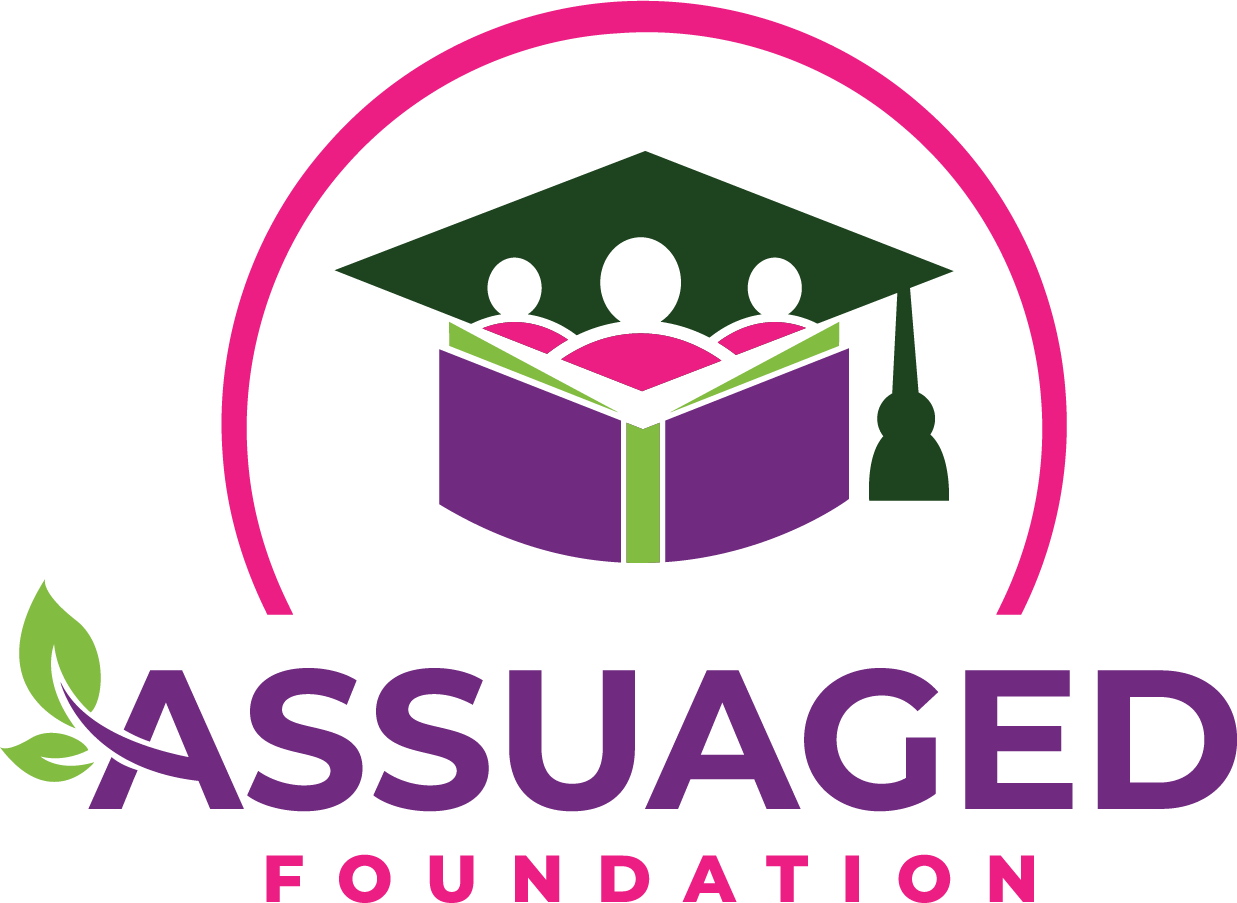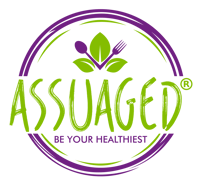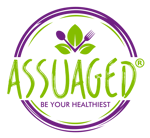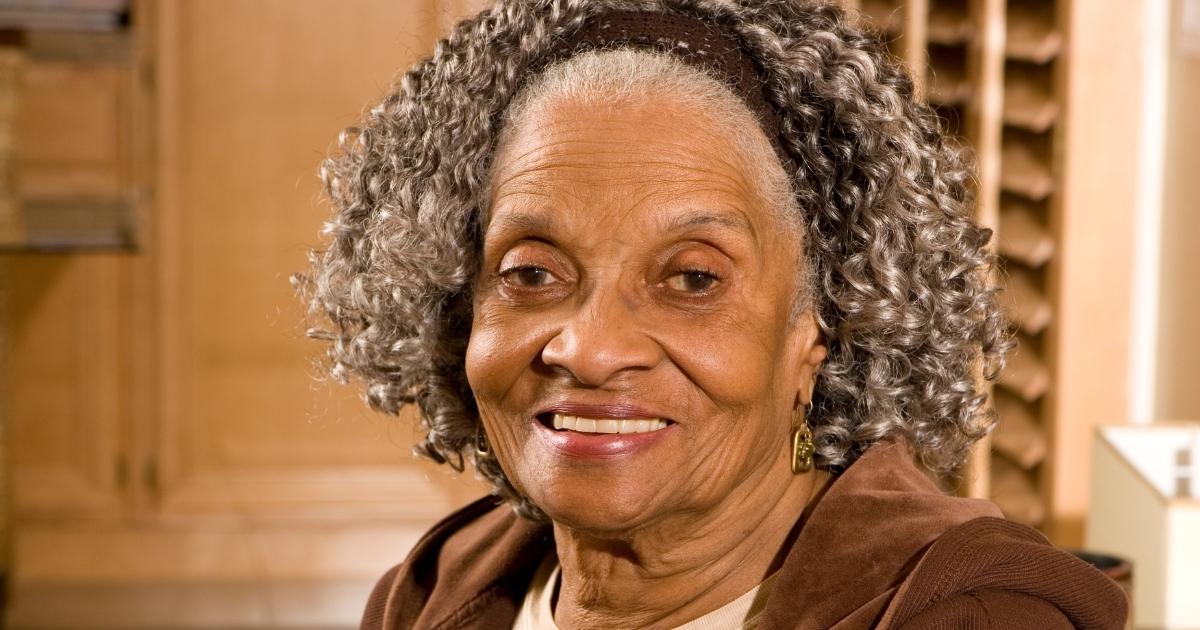There are approximately more than 10,000 people in the baby boomers category turning 65 every day. Poor health among the elderly population currently presents a public health issue existent today. Research suggests that their life expectancy decreases because of chronic illness. In particular, elderly communities feel ignored and devalued by society.
The Center for Healthy Aging, Falls Free Initiative, and The National Council on Aging engage in agile efforts to promote evidence-based and proven cost-effective public health programs.
Throughout their combined efforts, they collaborate with state, federal, and community-level partners in efforts to advance the influence and sustainability of evidence-based health promotion programs.
Elders and Disease:
While the American population stands to live longer, the number of older adults is at an all-time high. Data collected in 2014, revealed that 46.3 million (14.5%) of the population consists of older adults above the age of 65, this number is projected to increase to 98 million (23.5%) by the year 2060.
The older adult population suffers from a myriad of chronic illnesses. These illnesses include but are not limited to depression, heart disease, dementia, cancer, Alzheimer’s, bronchitis, COPD, stroke, diabetes mellitus, and emphysema.
Moreover, older adults combatting these types of illnesses are often faced with a lower quality of life. These circumstances add to the leading causes of death in this age population.
As people age, the digestive system becomes weakened; therefore, eating solid foods and preparing meals becomes scarcely difficult. Studies indicate that older individuals often live on one meal a day, which is typically derived from a box, can, or a fast-food restaurant.
The utilization of microwaves are frowned upon because they completely strip foods of all nutritional value.
Elders should be utilizing pressure cookers instead. While cooking is encouraged as part of movement principles, there are programs such as Meals on Wheels and Hello Fresh who deliver the elderly and disabled populations with fresh forms of meals.
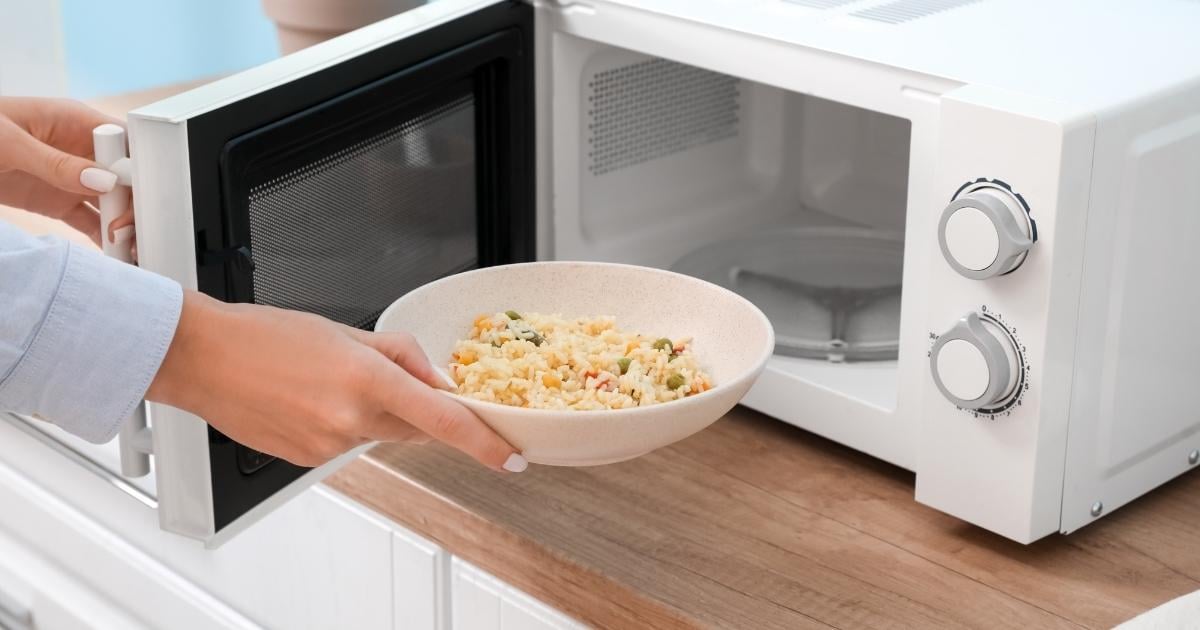
What About Elder Care?
According to the National Center on Elder Abuse, senior isolation has been proven to contribute to higher rates of unreported elder abuse.
Additionally, as reported by the National Social Life, Health, and Aging Project, older adults who combat feelings of loneliness, depression, and senior isolation often report having poor mental and physical well-being.
Sadly, probate cases are prevalent among elders. Many legal cases involve greedy children and family members who combat one another in the courtroom over financial disagreements instead of concerns of providing elderly care for their loved one.
The U.S. Census Bureau reports that approximately 11 million (28%) of older adults live alone. As people age, the likelihood of them residing alone increases.
As reported by the AARP, they discovered that the number of elders who do not have children continues to increase. Therefore the likelihood of them receiving reliable care and company by a family member has vastly decreased.
Studies have linked physical activity for preventing disease and injury. These concepts are continuously advocated in elderly communities.
While these standards are efficient, unfortunately, less than 60 percent of the older adult community engage in physical activities. Less than half of elders who endure harmful falls do not report the accident to their family or doctors.
Lack of physical activity can cause weakened bone density issues. Participating in physical activity at least 25-45 minutes daily has proven to strengthen bones, hence reducing the risk of fractures and broken bones.
Lack of patient access to the fundamentals of the healthcare system and affordability are two widespread issues that continue to run rampant in the United States. Patients Rising (PR), a not-for-profit organization based in Washington, D.C., are taking proactive measures to ensure patient access and affordability. PR provides valuable resources and complimentary concierge services.
Promoting and citing reliable forms of evidence as to the proponents of evidence-based public health promotion programs have proven to have a positive impact on overall wellness for the elderly communities.
According to the Patient Protection and Affordable Care act, ongoing reinforced efforts have engaged individuals providing and paying for health care. Efforts to increase the quality and affordability of health care insurance as well as decreasing the cost rates of uninsured individuals have improved patient outcomes and satisfaction.
Evidence-based public health programs aid in the promotion of self-care management methods serving as the connection to community-based organizations fostering fruitful and productive program delivery with innovative and incentivized health care subdivisions.
Promoting self-management programs in the elderly communities aids in increased wellness and less taxation on the healthcare system, benefitting hundreds of thousands of participants.
Partnerships and collaborations are vitally significant to meet the demands of the elderly population by providing them with valuable knowledge resources on how to combat, prevent, and reverse chronic illnesses.
While there are still challenges during these efforts, these proven programs are continuously supporting positive behavioral changes in these communities, utilizing strategies targeted at boosting participant engagement.
Ongoing research and experimentation are continuously underway with the tactical idea of implementing innovative and impactful collaborations.
While serving the elderly population, it has been essential to maintain and establish partnerships with health care organizations while delivering programs within a reasonable time period and within close range to where elder members work and reside.
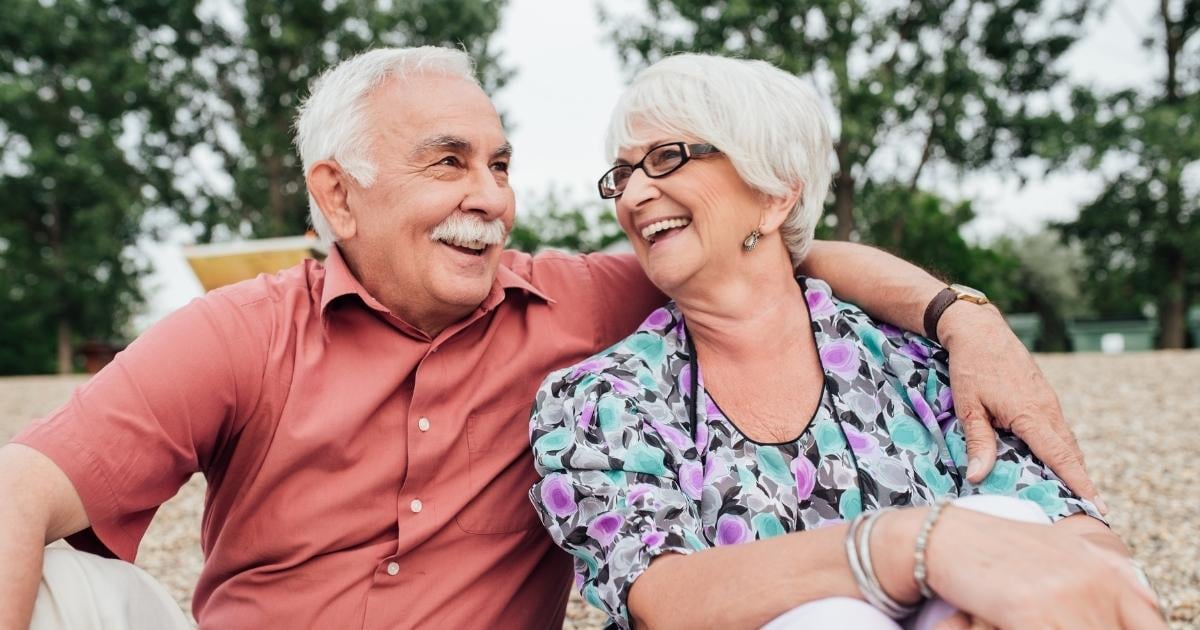
While there are several federal and national efforts aiming to combat decreased elderly health, there are still needs for an effective public health program that fosters a welcoming and inviting environment.
My husband and I both have disabilities, and while managing our conditions, we also happen to have a long history of caregiving. The trials were so challenging we immediately experienced burnout from the overwhelming amount of duties.
Our efforts included the laborious maintenance and resistance it takes to care for someone else. After our beloved sister inherited diabetes, and then our Grandmother fell ill in her elderly years, we became passionately curious to discover the reasoning behind their deaths.
After conducting research and realizing that diet is the root of all healing, we found our way into renewed health through means of a primarily plant-based diet that reduced our chronic diseases and eliminated our medical-debt. This then led to the formation of our award-winning app and website Assuaged.
This movement was founded on the concept of the blue zones movement and in the region of Loma Linda, California – one of only five geographical areas in the world and the only one in the United States. Research has established that blue zones residents maintain excellent health and live past the age of one hundred.
Our proprietary health technology aims to combat the global burden of chronic disease. Our primary mission is to empower people to choose a sustainable lifestyle as they age. In today’s modern age, technology is paving the way for future developments.
Our mission, in part, is to create highly efficacious health promotion programs diversified from community development programs, policy, and advocacy to structured campaigns that will address elderly health issues in the social and mainstream media.
Choosing a healthy plant-based and vegan diet is most beneficial when it comes to:
-
Higher levels of energy;
-
Improved sleep;

-
Aids in energy and overall happiness;
-
Provides a sense of comfort and relief;
-
Could prevent major diseases such as obesity and diabetes;
-
Accomplish weight-loss and management; and
-
Improves mental and cognitive functioning.
There are really no excuses not to try healthier habits in your everyday life. If you are a man or woman looking for specific benefits of adopting healthier habits or just want to know about the general healing properties of herbs.
Please remember to comment or post any health questions or contact us directly!
References
Birkel, R., Dessem, E., Eldridge, S., Kulinski, K., Lachenmayr, S., Spafford, M., Zenker, W. (2015). Improving Lives through Evidence-Based Health Promotion Programs: A National Priority. Frontiers in public health, 2, 255. doi:10.3389/fpubh.2014.00255
Murphy, C. (2019). Unit 6 Written DB Assignment. Unpublished manuscript, Purdue University.
Healthy People. (2019). Older Adults. Retrieved from https://www.healthypeople.gov/2020/topics-objectives/topic/older-adults.
Senior Living Blog. (2019). 20 Facts about Senior Isolation That Will Stun You. Retrieved from https://www.aplaceformom.com/blog/10-17-14-facts-about-senior-isolation/.
Better Health Channel. (2015). Osteoporosis and Exercise. Retrieved from https://www.betterhealth.vic.gov.au/health/ConditionsAndTreatments/osteoporosis-and-exercise.
Patients Rising. (2019). Patient Advocacy: Accessibility and Affordability. Retrieved from https://patientsrising.org.
Picture Credits: Pixabay and Ryan McGuire
